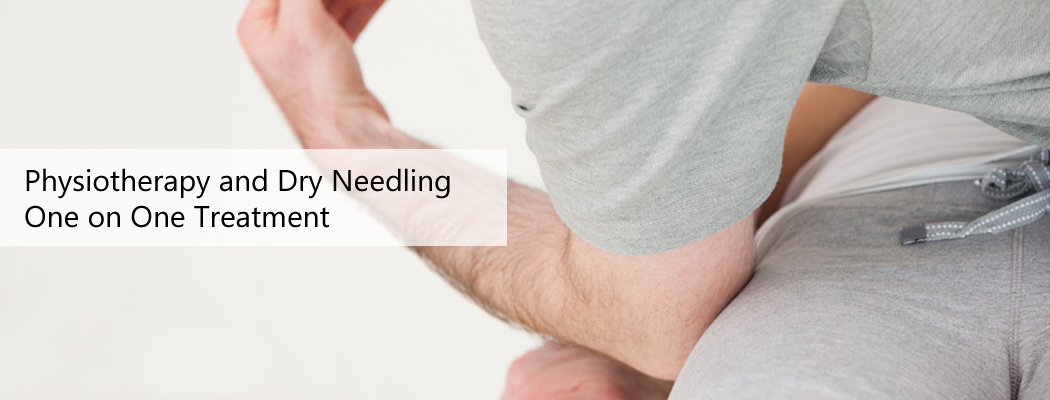Does ankle taping really work? I see many of my teammates using various methods of taping to keep from re-spraining their ankles. If it works, which type of taping is best?
Taping is a common way to support a joint, especially the ankle joint. The goal is to reduce the risk of re-injury and avoid another ankle sprain. But does it work? And if it does work, what's the mechanism behind the effect?
Right now, all we have are theories about this. The general consensus is that taping does help prevent re-injury. There are two most likely explanations for this. First, tape gives the joint mechanical support. The tape keeps the ankle joint from moving too far in any one direction.
Second, it enhances proprioception. Proprioception is the sense of where the ankle is at any given moment. Proprioception allows the ankle to feel changes in the surface or slope of a surface. That way the ankle and foot can make necessary corrections to stay steady and balanced while walking or running.
A new theory has been proposed as a result of some recent research. It may be that ankle taping may have a placebo effect. Placebo means it doesn't really have any effect, but the person thinks it does.
Under these conditions, the athlete performs with increased confidence. The athlete expects the tape to work, so it does. Studies show that taping doesn't negatively effect performance. It's likely that taping does prevent reinjury. It probably doesn't really improve function.
All things considered, it's still a good idea to use taping to prevent spraining the ankle again. The method of taping isn't as important as the person's belief that the taping is helping.
Kate Sawkins, et al. The Placebo Effect of Ankle Taping in Ankle Instability. In Medicine & Science in Sports & Exercise. May 2007. Vol. 39. No. 5. Pp. 781-787.



